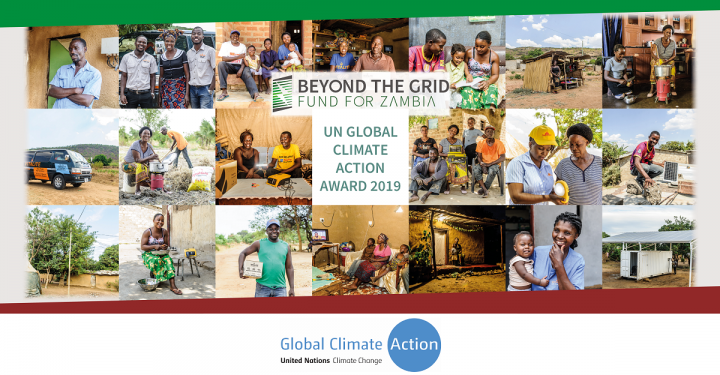Knowledge graphs apply this model to connect objects shared across the world wide web – reports, projects, media, organisations, people – to produce a network of interconnected entities that describes the objects, their attributes and how they relate to one another – in effect, a graph of knowledge.
Knowledge graphs can be envisaged as a network of all the things that are relevant to a specific knowledge domain. They act as a fabric that connects across data silos to link multiple disparate sources of data in a meaningful way – one that explicitly shows what things are linked and how. This enables knowledge graphs to make complex queries across large arrays of diverse content types and heterogeneous data sources, an attribute that could dramatically empower and increase the transparency of artificial intelligence applications.
The situation for knowledge providers and seekers
Data and information on climate change are currently distributed across the internet via different websites using different content management systems. Knowledge graphs provide a common, shared solution for connecting this data, potentially supporting a single point of access pathway to high quality, interconnected data and information that would enable decision-makers, domain experts and others to examine and connect relevant information.
A key challenge here is poor classification and description of content made available on websites, including knowledge sharing platforms and databases. This is limiting their search potential and ability to link related content. The development and application of taxonomies, ontologies and associated knowledge graphs and standards can help knowledge providers provide a better service within their websites, as well as give their content more visibility by enabling connections with other content more broadly.
A way forward: a Climate Action Knowledge Graph
A graph that connects resources and knowledge across organizational silos and different communities working on climate action offers brand new opportunities to learn, share and collaborate. By connecting resources and people in different fields, exchange and cooperation is promoted on a non-virtual level. Rather than relying on traditional text search, a Climate Action Knowledge Graph can be used to create a network where users can immerse themselves in thousands of documents from different areas and publishers to find relevant, credible resources quickly. Applications, including those leveraging artificial intelligence, can be built on top of the graph to integrate and create new knowledge.
We describe how such a Climate Action Knowledge Graph could be developed and utilised in our proposal. This work would bring together global, regional and national climate knowledge providers and domain experts to co-develop a free-to-use, self-optimising Climate Action Knowledge Graph that incorporates the numerous communities working on climate action and which serves a common purpose: to support and expedite the achievement of the international goals addressing climate change. This can be made possible through linking knowledge in ways that promotes learning, facilitates more informed decision-making, enhances collaboration, enables easier collation and tracking of climate action activities, and empowers more powerful analysis and innovation.
Our work will explore the different ways in which this Climate Action Knowledge Graph can be applied, including in artificial intelligence applications, to accelerate the use of enriched information and data in the world’s knowledge-based economies, and to create usable, tailored, interdisciplinary and multilingual solutions for data and knowledge management systems.
Team
We are a cutting-edge team of leading semantic technology experts (Semantic Web Company, developers of PoolParty Semantic Suite), taxonomy and ontology developers and expert knowledge brokers (REEEP, developers of Climate Tagger and Secretariat of the Climate Knowledge Brokers), and climate change researchers and knowledge managers/brokers (SEI, climate change researchers, developers of the Connectivity Hub and managers of the global weADAPT.org platform) who have worked together for many years.
The paper “Climate change action through artificial intelligence: Putting knowledge graphs to work” is a collaboration of the team, and this short article was written by Denise Recheis and Julia Barrott (SEI).
Further reading
Transforming knowledge management for climate action – a PLACARD roadmap
Knowledge Graphs Cookbook
Creating a Climate Action Knowledge Graph to leverage artificial intelligence and speed progress on the climate agenda (Martin Kaltenböck, Sukaina Bharwani, Julia Barrott, Denise Recheis, 2020) – positioning paper, following soon
A recording of the webinar Climate Change Action Through Artificial Intelligence: Putting Knowledge Graphs to Work on July 1st with the authors of the positioning pager – following soon



